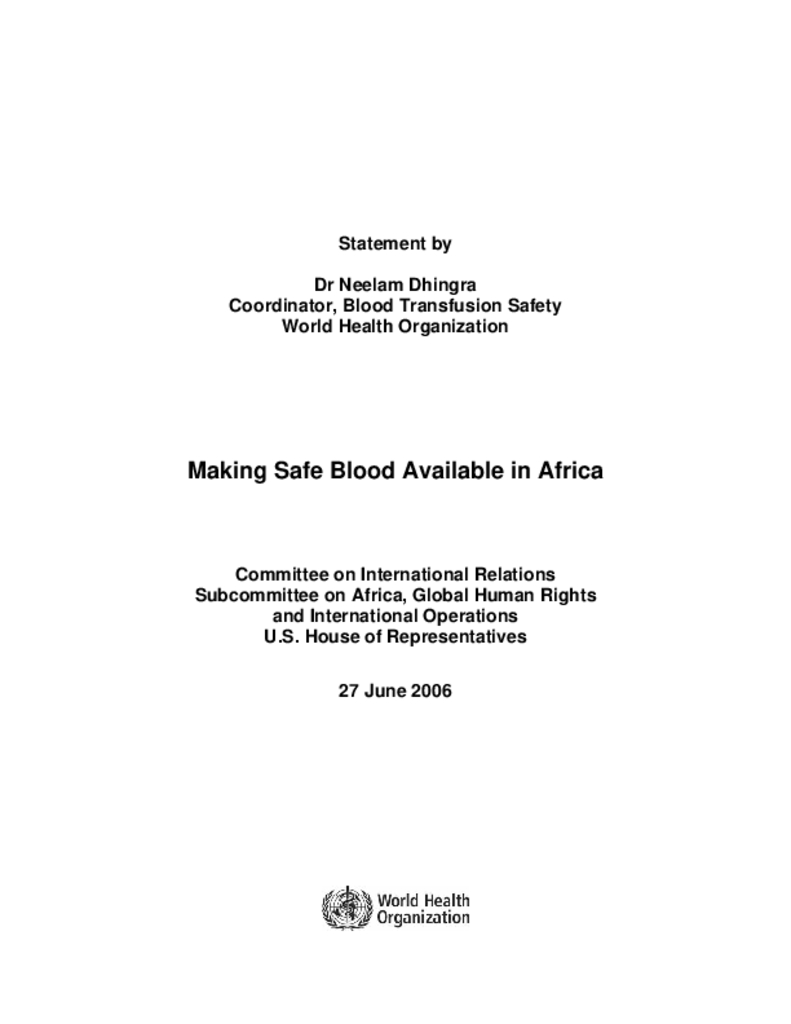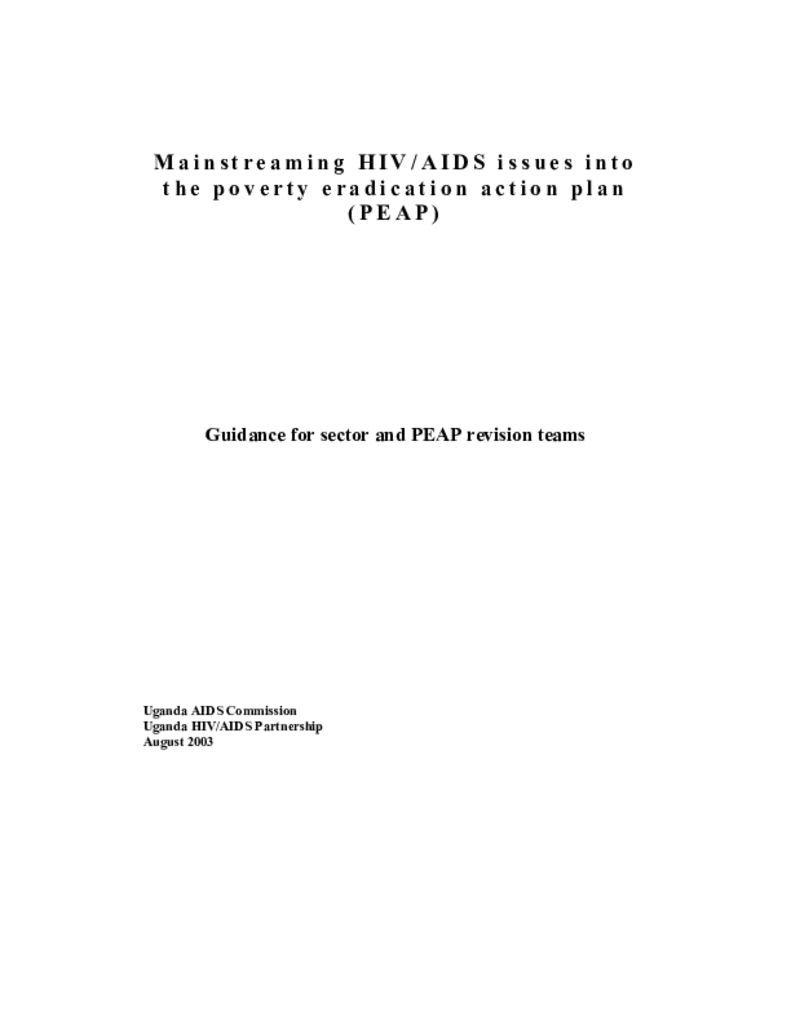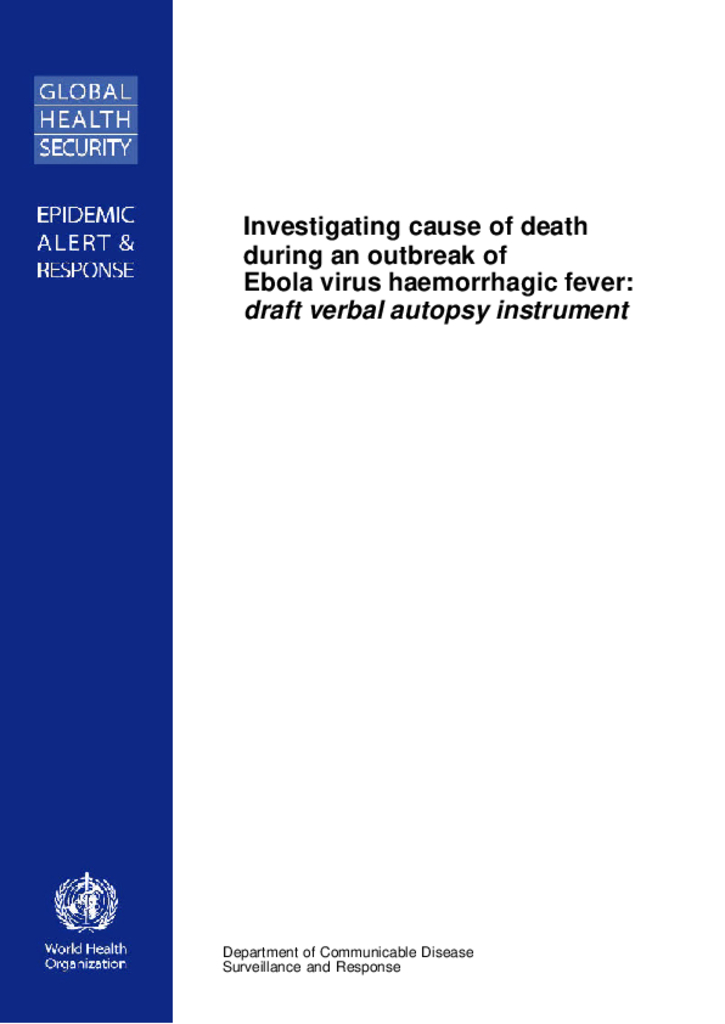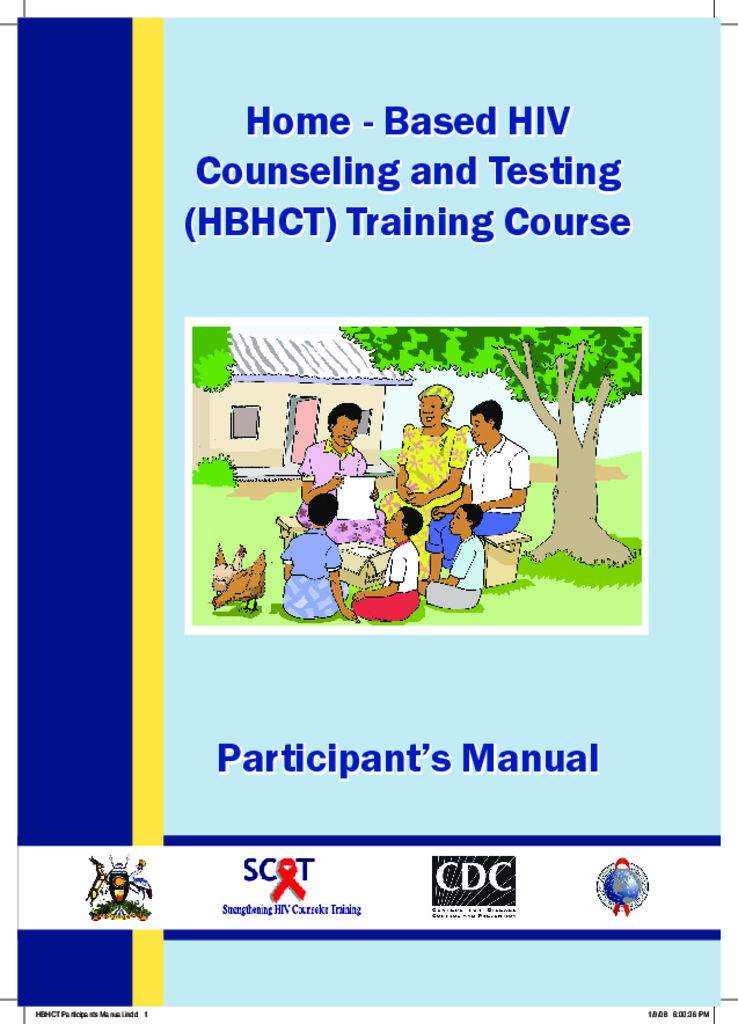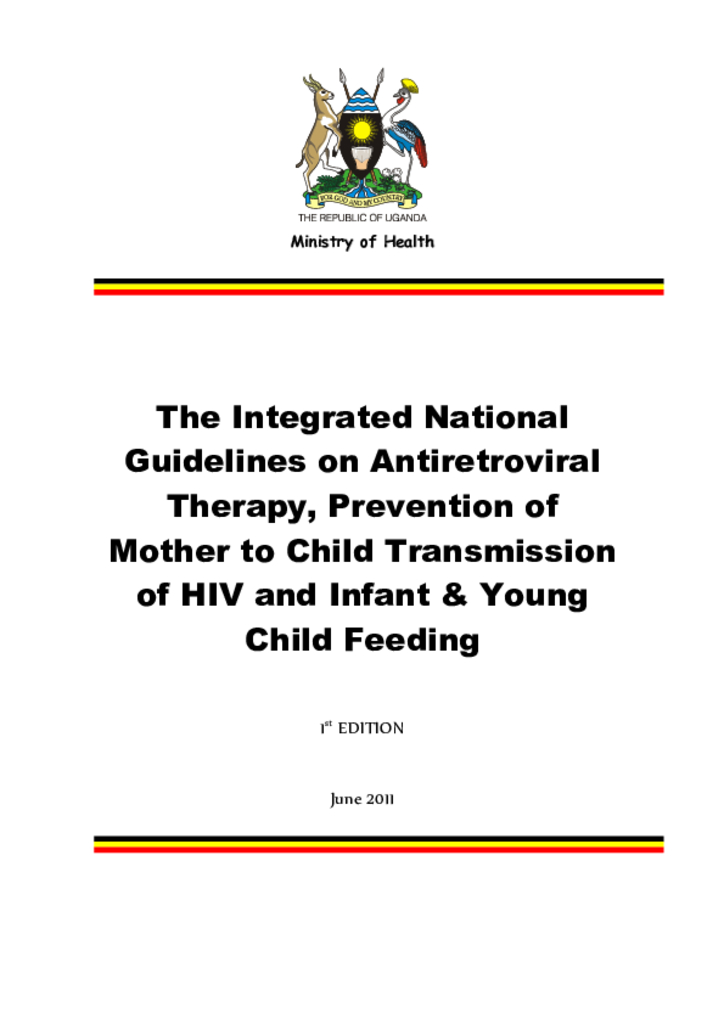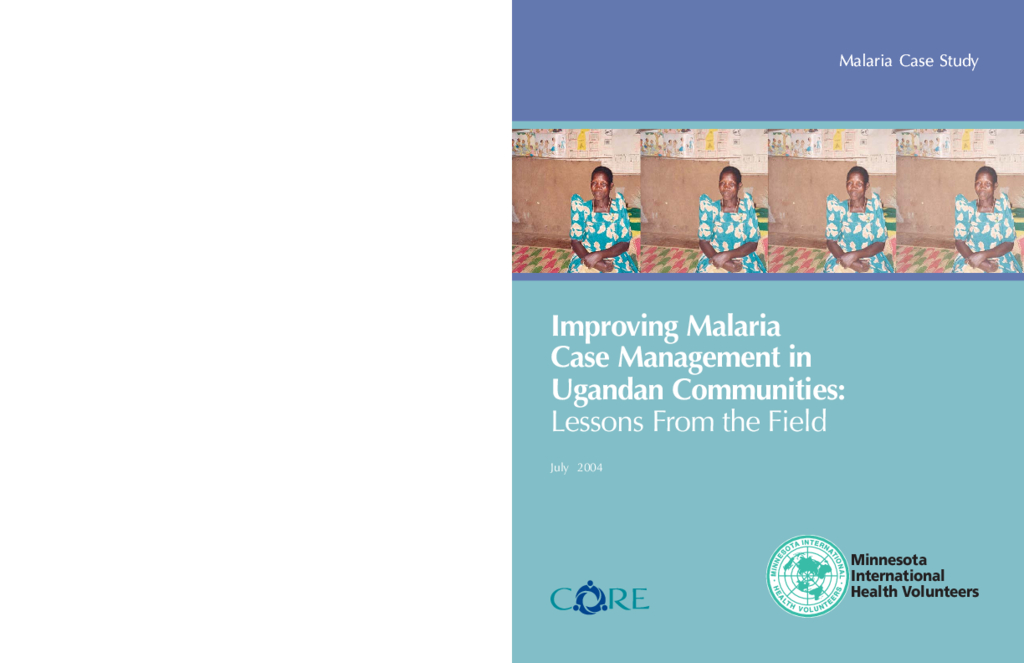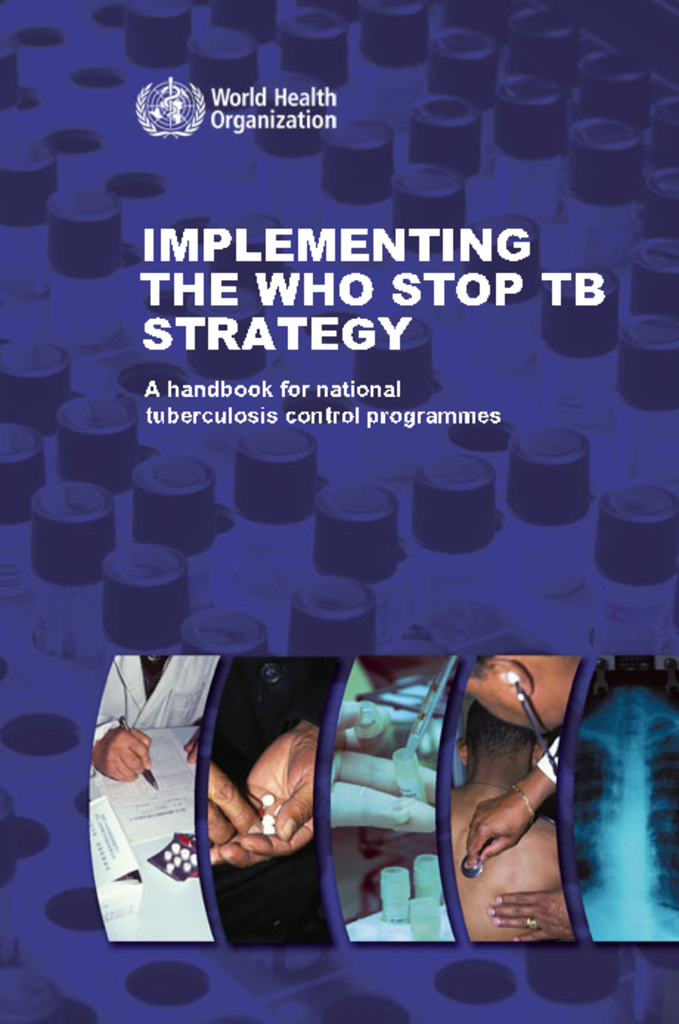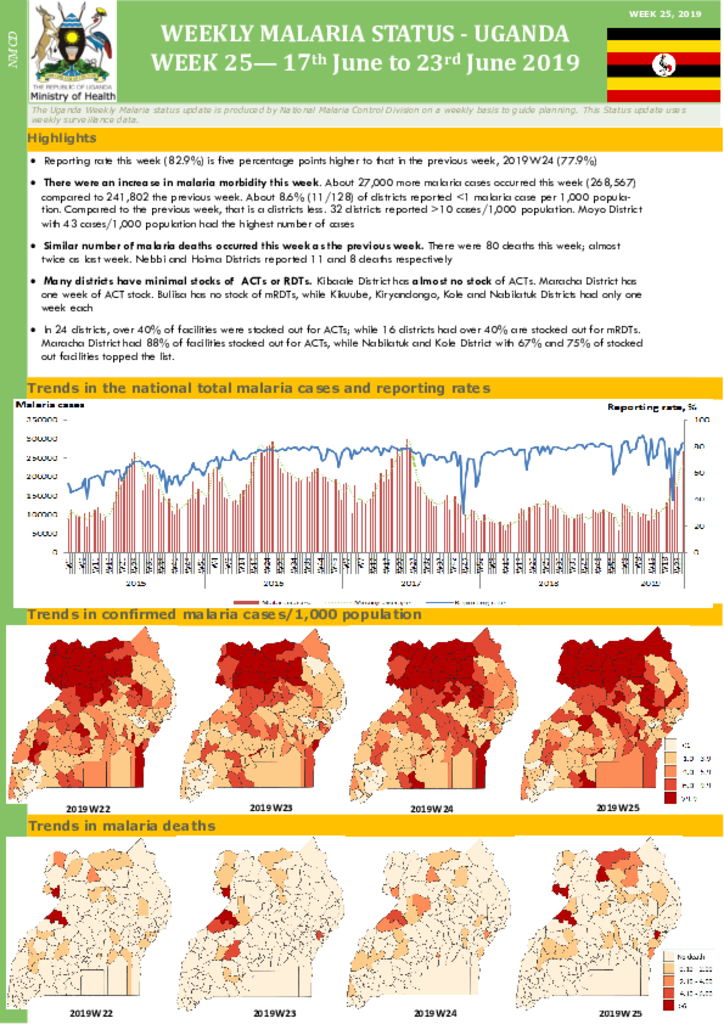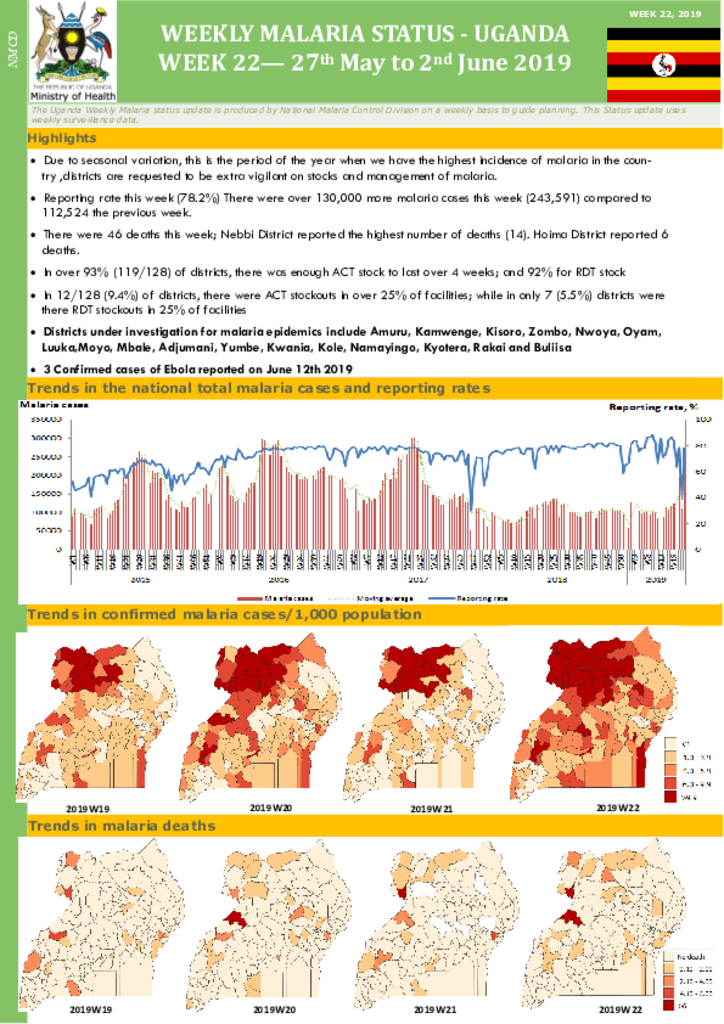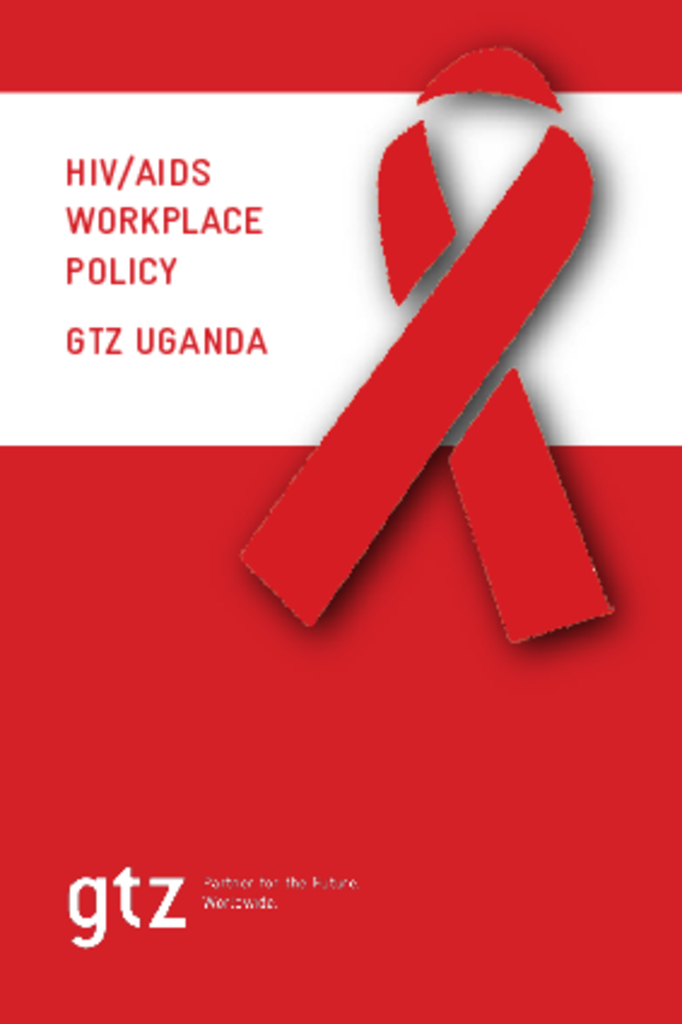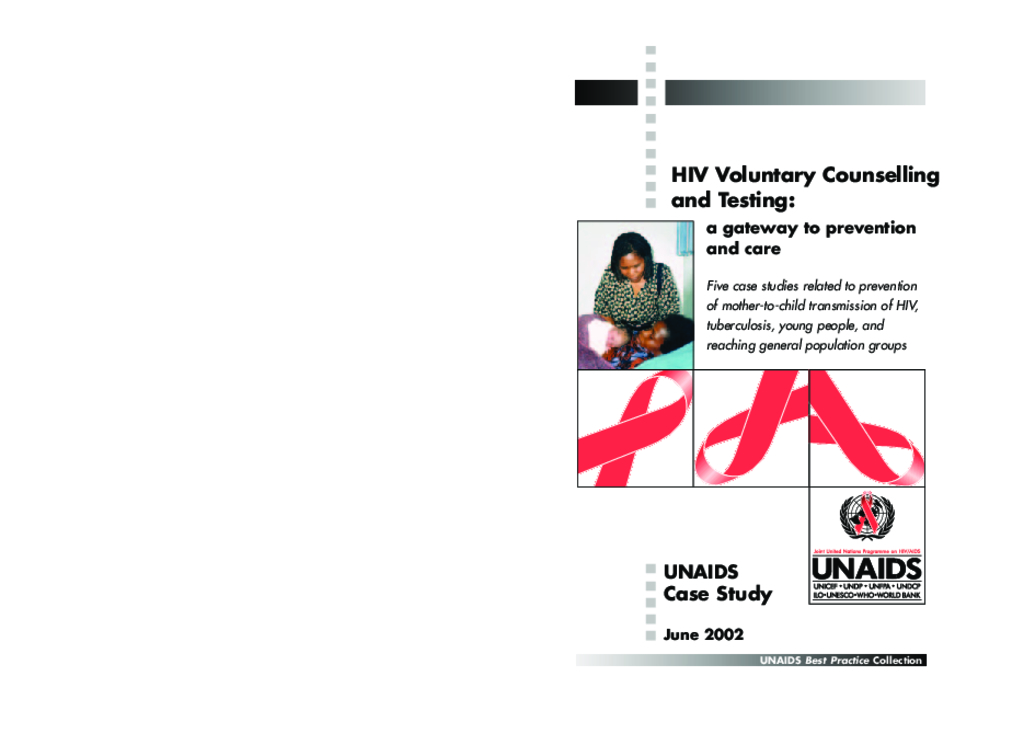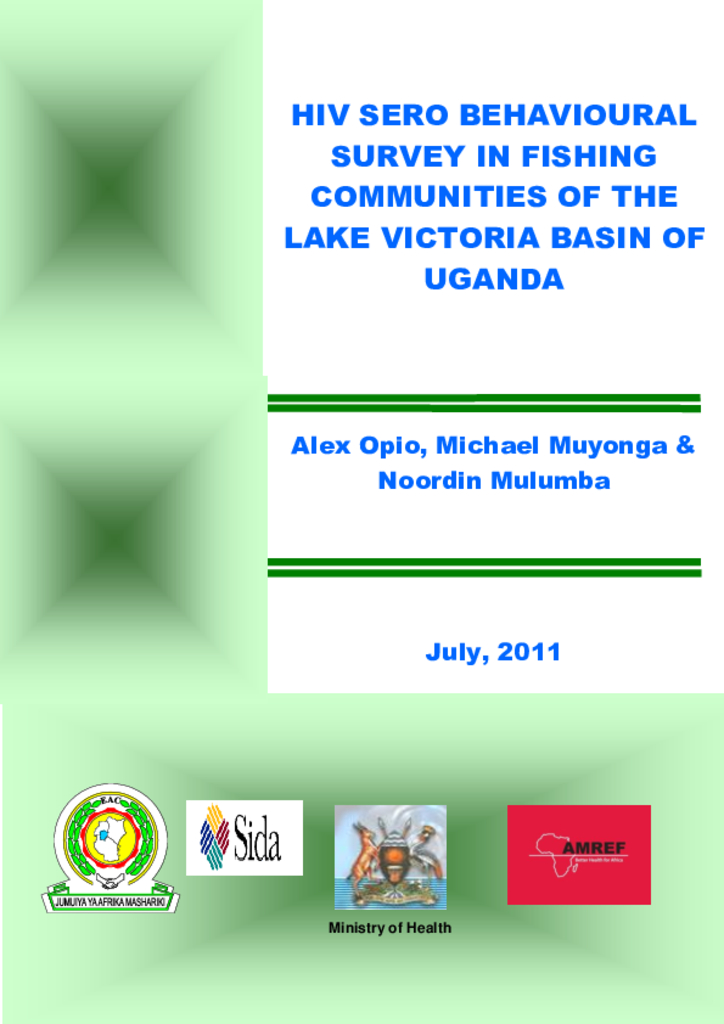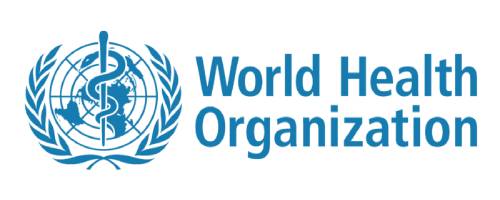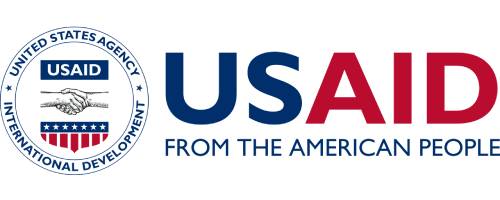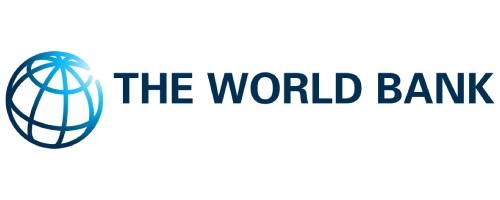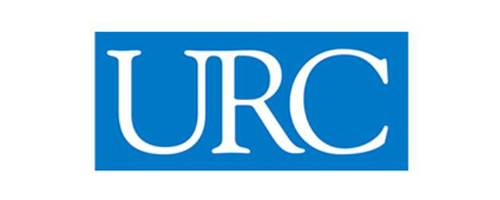This publication is about how to make safe blood especially for tranfusion. Making blood free of contegious diseases like HIV/AIDS thus reducing the risk of transmitting such diseases.
The objective of this paper is to demonstrate how and why HIV should be considered in each of the PEAP pillars. It provides a set of core questions, which need to be considered in developing Sector PEAP Review Papers (SPRP) and the construction of each pillar as well as suggestions to help guide the PEAP revision teams at various levels.
This document presents a draft verbal autopsy instrument based on best judgement and previousexperience in a variety of settings including outbreaks and research. It has been circulated widely toprofessionals involved in previous outbreaks and revised accordingly.
This questionnaire is a first attempt at developing a standard questionnaire. It is part of a wider effort by the Global OutbreakAlert and Response Network (GOARN) to develop tools for testing in advance of outbreak
situations. The draft needs to be field tested, validated, and if necessary revised, before it can beconsidered as a standard questionnaire.
By the end of the training, participants will be able to: Educate households and communities about the benefits of home-based
HCT. Conduct pre-test counseling sessions with individuals, couples and children in the home. Conduct a rapid HIV test using the finger-stick method. Provide HIV test results to individuals, couples and children in the home. Support individuals and couples to develop a risk reduction plan and identify safer goal behaviors based on their HIV test results. Support individuals and couples to disclose their sero-status and encourage partner testing.
The revised National guidelines on antiretroviral therapy, prevention of mother to child transmission of HIV and on infant and young child feeding contribute to the National Strategic Plan (NSP) and are targeted to reach all health providers who take care of HIV infected patients either directly or indirectly through counseling and appropriete referral.
This case study focuses on malaria case management activities was implemented in Ssembabule District, Uganda, by Minnesota International HealthVolunteers (MIHV) during the second phase of a U.S. Agency forInternational Development (USAID)-funded Child Survival project (1996-2000).
This publication draws upon current guidelines and information documents issued by the World Health Organization (WHO), which provide more detailed guidance on implementation for each of the specific subject areas. The listed references are limited to key readings for implementation of programme activities and to texts that provide important additional background and supplementary information.
Reporting rate this week (82.9%) is five percentage points higher to that in the previous week, 2019W24 (77.9%) There were an increase in malaria morbidity this week. About 27,000 more malaria cases occurred this week (268,567) compared to 241,802 the previous week. About 8.6% (11/128) of districts reported <1 malaria case per 1,000 popula-tion. Compared to the previous week, that is a districts less. 32 districts reported >10 cases/1,000 population. Moyo District with 43 cases/1,000 population had the highest number of cases Similar number of malaria deaths occurred this week as the previous week.
There were 80 deaths this week; almost twice as last week. Nebbi and Hoima Districts reported 11 and 8 deaths respectively Many districts have minimal stocks of ACTs or RDTs. Kibaale District has almost no stock of ACTs. Maracha District has one week of ACT stock. Buliisa has no stock of mRDTs, while Kikuube, Kiryandongo, Kole and Nabilatuk Districts had only one week each In 24 districts, over 40% of facilities were stocked out for ACTs; while 16 districts had over 40% are stocked out for mRDTs. Maracha District had 88% of facilities stocked out for ACTs, while Nabilatuk and Kole District with 67% and 75% of stocked out facilities topped the list.
Due to seasonal variation, this is the period of the year when we have the highest incidence of malaria in the country
,districts are requested to be extra vigilant on stocks and management of malaria. Reporting rate this week (78.2%) There were over 130,000 more malaria cases this week (243,591) compared to 112,524 the previous week. There were 46 deaths this week; Nebbi District reported the highest number of deaths (14). Hoima District reported 6 deaths. In over 93% (119/128) of districts, there was enough ACT stock to last over 4 weeks; and 92% for RDT stock In 12/128 (9.4%) of districts, there were ACT stockouts in over 25% of facilities; while in only 7 (5.5%) districts were there RDT stockouts in 25% of facilities Districts under investigation for malaria epidemics include Amuru, Kamwenge, Kisoro, Zombo, Nwoya, Oyam, Luuka,Moyo, Mbale, Adjumani, Yumbe, Kwania, Kole, Namayingo, Kyotera, Rakai and Buliisa
3 Confirmed cases of Ebola reported on June 12th 2019
The HIV/AIDS epidemic is a global crisis and constitutes one of the most formidable obstacles towards sustainable development and social progress. In the most affected countries, the impact of HIV/AIDS poses a severe threat to every aspect of life, as it erodes decades of developmental gains and threatens the security by destabilizing the structure of societies and undermining their economies
Voluntary counselling and testing (VCT) is the process by which an individual undergoes counselling, enabling him or her to make an informed choice about being tested for HIV1. In recent years, voluntary HIV testing, in combination with pre- and post-test counselling, has
The survey fieldwork was conducted in forty six fishing communities of the Lake Victoria Basin of Uganda in August 2010. The main aim was to establish HIV prevalence among fishing communities, the associated drivers of risk and vulnerability; and the effectiveness of HIV and AIDS response.
The survey methods consisted of individual interviews, focus group discussions and key informants interviews. A desk-review was conducted to document HIV service availability and utilization, as well as institutional policies and structures for the coordination and delivery of HIV services. Laboratory testing for HIV was conducted both in the field and at central level.
